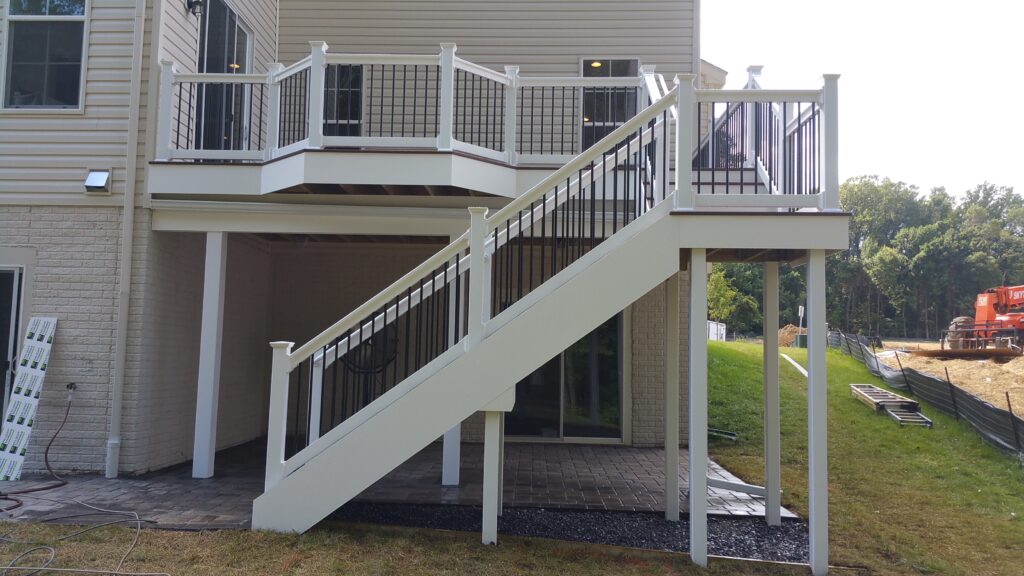Deck Repair Guide: Fixing Common Deck Problems on a Budget
Understanding Common Deck Problems
Decks are splendid additions to any home, enriching outdoor space and offering a venue for leisure and gatherings. However, like all structures, they can arise with problems over time that may compromise safety and aesthetics. Understanding these common deck issues is the first step to addressing them effectively. One significant concern is wood rot, often caused by moisture accumulation. This can weaken the integrity of the deck, leading to costly repairs if left unattended.
Another common problem is uneven deck boards. This might arise due to poor installation or the natural settling of the deck over time. Not only does this present an unattractive appearance, but it can also pose safety hazards. Cracked or splintered boards are typically the result of weathering and can cause injuries, particularly to bare feet. Regular inspection becomes crucial in identifying these issues before they escalate.
Additionally, rusting metal fasteners can compromise the stability of the deck. These fasteners are essential for holding the deck’s components together, and their deterioration can lead to dangerous collapses. Lastly, fading or peeling finishes are common aesthetic problems that can detract from the deck’s visual appeal. Protective coatings can wear off over time due to exposure to the elements, necessitating refinishing or sealing to restore the deck’s appearance.
DIY Techniques for Deck Repair
When it comes to deck repair, many homeowners prefer to tackle issues themselves to save on costs. DIY deck repair is feasible for several common problems, starting with replacing damaged boards. For minor rot or cracks, removing the affected area and replacing it with similar materials can be an efficient solution. However, ensure that you choose rot-resistant wood to prevent future damage.
Moreover, leveling uneven deck boards often involves using shims or adjusting the joists beneath. This task may require some carpentry skills; however, it is manageable with the right tools and guidance. Another effective technique is to treat rusted fasteners. Although this may involve scrubbing them and applying a rust inhibitor, it’s vital to assess their overall condition to determine if replacement is necessary.
Applying a new coat of wood sealant can greatly enhance your deck’s longevity. Cleaning the deck surface thoroughly before applying the sealant is crucial for proper adherence. Finally, many homeowners choose to repaint or refinish their decks to restore their original beauty. By selecting quality products that can withstand the weather, you can extend your deck’s life while improving its appearance.
When to Call a Professional
While DIY repair techniques can be quite effective, certain situations warrant professional intervention. Significant rot or structural issues that compromise the deck’s safety should be addressed by experienced contractors. Attempting to tackle these issues without adequate knowledge or tools can lead to further damage, which may become more costly to rectify.
Additionally, if your deck shows signs of significant material degradation, such as widespread splintering or warping, it’s prudent to involve a professional. Experts can diagnose hidden issues and provide a comprehensive repair strategy tailored to your specific situation. Furthermore, if your efforts do not yield satisfactory results, a contractor can evaluate your work and suggest modifications or alternative solutions.
Another scenario where professional assistance may be required is when your deck has been subjected to severe weather conditions, such as storms or floods. An assessment by a qualified contractor can uncover underlying issues that are not evident at first glance. This is particularly important for multi-level decks where the structural integrity is critical for safety.
Maintaining Your Deck for Longevity
Regular maintenance is crucial for the durability of any deck. Simple actions, such as routine cleaning and treatments, can prevent the common problems discussed previously. By sweeping away debris and cleaning spills promptly, you minimize the risk of mold and wood rot. It’s recommended to perform deck inspections at least twice a year, ideally in the spring and fall, to catch and address potential issues early.
Another essential maintenance task includes reapplying sealants every few years. Depending on the type of wood and the local climate, these coatings can deteriorate at various rates. Keeping an eye on the finish will guide you in determining when it’s time for a refresh. This proactive approach not only helps in maintaining appearances but significantly extends the lifespan of your deck.
After heavy rainfall or snow, check for any water pooling on the surface, which can signal issues with drainage or board alignment. Addressing these issues promptly with the help of a qualified professional can help prevent significant future repairs. Regular maintenance not only enhances the safety and appearance but provides peace of mind knowing your outdoor space is in optimal condition.




























